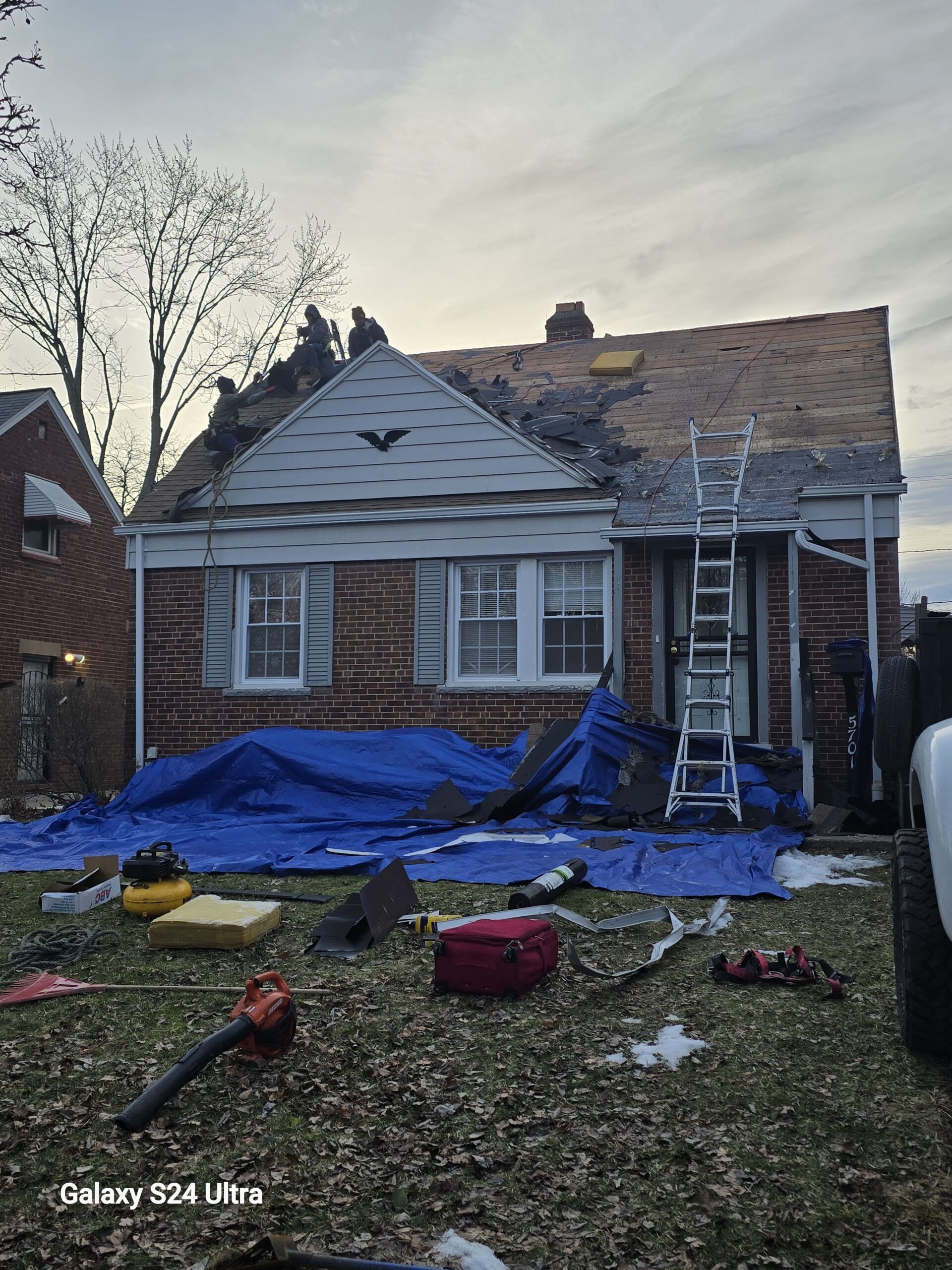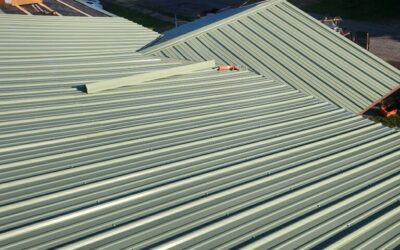The Comprehensive Guide to Replacing Siding on Your House: Cost, Benefits, and Everything You Need to Know
When it comes to home improvement, one of the most important upgrades you can make is replacing your home’s siding. Not only does siding significantly affect the overall aesthetic appeal of your house, but it also plays a vital role in protecting your home from the elements. Over time, siding can deteriorate due to weather conditions, age, or poor installation, leaving your home vulnerable to damage. If you’re considering replacing the siding on your house, understanding the costs involved, the different materials available, and the installation process is essential. This blog will explore the various factors that influence replacing siding on house cost, the benefits of replacing siding, and tips for getting the best deal.
Why Replacing Siding on Your House is Important
Your home’s siding does more than just add curb appeal. It protects the structural integrity of your home by acting as a barrier against the elements, such as rain, wind, and snow. Replacing old or damaged siding can prevent serious issues like water damage, mold growth, and insulation problems, all of which can lead to costly repairs if left unchecked.
Here are some key reasons why replacing siding is essential:
- Improved Energy Efficiency: Old or damaged siding can cause energy loss, leading to higher heating and cooling costs. Replacing siding with modern, insulated options can help regulate your home’s temperature and reduce your energy bills.
- Enhanced Curb Appeal: New siding can dramatically improve the look of your home, giving it a fresh, updated appearance. This is especially important if you’re planning to sell your home, as first impressions matter to potential buyers.
- Protection from the Elements: Over time, siding can become worn out or damaged by extreme weather conditions. By replacing it, you ensure that your home remains protected from water infiltration, mold growth, and other issues caused by poor weather resistance.
- Increased Home Value: Replacing old, worn siding with high-quality materials can increase the overall value of your home. This investment will pay off if you decide to sell your house in the future.
Factors That Influence the Cost of Replacing Siding
The cost of replacing siding on your house can vary widely based on several factors. These include the type of siding material, the size of your home, the complexity of the installation, and your location. Let’s break down the key factors that will influence the overall replacing siding on house cost.
1. Type of Siding Material
The type of siding you choose is the most significant factor that will determine the cost of your project. There are several types of siding materials available, each with its own price range, durability, and aesthetic appeal.
- Vinyl Siding: Vinyl siding is one of the most popular and affordable options. It’s low-maintenance, durable, and available in a variety of colors and styles. The average cost of vinyl siding installation ranges from $2 to $7 per square foot. Vinyl is a cost-effective option for homeowners on a budget.
- Wood Siding: Wood siding provides a natural, traditional look but requires more maintenance than vinyl. The average cost for wood siding installation is $5 to $10 per square foot, depending on the type of wood and the finish. Wood siding is ideal for those seeking a rustic or classic aesthetic, but it can be more expensive in terms of both installation and maintenance.
- Fiber Cement Siding: Fiber cement is a durable, low-maintenance material that can mimic the look of wood or masonry. This type of siding typically costs between $5 to $13 per square foot. While fiber cement is more expensive than vinyl, it offers superior durability and is resistant to fire, insects, and rot.
- Metal Siding: Metal siding, such as aluminum or steel, is durable, weather-resistant, and offers a modern look. The cost for metal siding installation ranges from $7 to $12 per square foot. Metal siding is ideal for homeowners looking for a sleek, contemporary look and who want to avoid frequent maintenance.
- Stone or Brick Veneer: Stone and brick veneer are premium siding materials that provide a luxurious, timeless appearance. The cost for stone or brick veneer siding installation can range from $10 to $20 per square foot. While these materials are expensive, they add significant value to your home and require very little maintenance.
2. Size of Your Home
The size of your home is another major factor in determining the cost of replacing siding. Larger homes require more materials and labor, resulting in higher costs. To calculate the cost, the total square footage of your home will be measured to determine how much siding material is needed.
For example:
- A small house (1,000 to 1,500 square feet) will cost between $5,000 and $15,000 for siding replacement, depending on the material.
- A medium-sized home (1,500 to 2,500 square feet) will cost between $10,000 and $25,000.
- A larger home (2,500 to 3,500 square feet or more) can cost anywhere from $20,000 to $40,000 or more.
3. Labor Costs
Labor costs can vary significantly depending on the complexity of the project and your location. On average, labor costs for siding installation range from $1 to $4 per square foot. In areas with higher costs of living, such as major metropolitan areas, labor costs can be higher. Additionally, more intricate siding styles or materials that require specialized installation (such as stone or brick veneer) may increase labor costs.
4. Condition of the Existing Siding
If you have existing siding that needs to be removed before the new siding can be installed, this will add to the overall cost. The removal process can be time-consuming and labor-intensive, especially if the old siding is nailed down tightly or if there are layers of old siding to be removed.
Expect to pay around $1 to $3 per square foot for siding removal, depending on the material and the condition of the existing siding. If extensive repairs are needed to the underlying structure (e.g., fixing water damage or replacing insulation), this will increase the cost of the project as well.
5. Geographic Location
Your location plays a significant role in the overall cost of siding replacement. Costs tend to be higher in areas with a higher cost of living, and some types of siding materials may be more readily available in certain regions, affecting the price. Additionally, if your home is located in an area with extreme weather conditions, you may need to choose more durable, weather-resistant materials, which could increase the cost.
6. Additional Features and Customization
If you plan to add custom features to your siding replacement, such as decorative trim, soffit, fascia, or accent features, this will increase the cost. Custom designs or unique installation requirements can add an additional $500 to $2,000 or more to the overall project cost.
Cost Breakdown Example for Siding Replacement
To give you a better idea of how the costs break down, here’s an example of a typical siding replacement project for a 2,000 square foot home with vinyl siding:
- Vinyl Siding: 2,000 square feet x $5 (average cost per square foot) = $10,000
- Labor: 2,000 square feet x $2 (average labor cost) = $4,000
- Siding Removal: 2,000 square feet x $1 (average removal cost) = $2,000
Total Estimated Cost: $10,000 (material) + $4,000 (labor) + $2,000 (removal) = $16,000
This is just an estimate, and the final cost could vary based on factors such as your specific location and the condition of your existing siding.
How to Save on Siding Replacement Costs
While replacing siding on your house can be a significant investment, there are ways to keep costs under control without compromising on quality. Here are some tips for saving money on your siding replacement project:
- Get Multiple Estimates: Reach out to several contractors to get quotes for your project. Comparing estimates from different professionals will help you find the best deal.
- Choose a Cost-Effective Material: Vinyl and fiber cement are among the most affordable options for siding. If you’re on a tight budget, consider these materials to keep costs down.
- Consider Doing the Demolition Yourself: If you’re handy, you might save money by removing the old siding yourself. Just be sure to check local regulations and safety concerns before attempting this.
- Look for Discounts and Promotions: Some siding manufacturers and contractors offer seasonal discounts, promotions, or financing options. Be sure to ask about any available discounts to reduce costs.
- Opt for Standard Styles: Custom siding styles and intricate designs can add significant costs to the project. Opting for standard designs will help you keep costs lower.
The Benefits of Replacing Siding on Your House
Replacing siding on your house offers numerous benefits, from improved aesthetics to better energy efficiency and protection from the elements. Here are the top benefits of investing in a siding replacement:
- Curb Appeal: New siding can dramatically enhance the look of your home, boosting its curb appeal and making it more attractive to potential buyers if you’re selling.
- Protection: Replacing old or damaged siding ensures that your home is well-protected from the elements, preventing water infiltration, mold, and pest damage.
- Energy Efficiency: New siding, especially when paired with insulation, can improve your home’s energy efficiency by preventing drafts and reducing heating and cooling costs.
- Increased Home Value: A siding replacement can increase your home’s value, offering a solid return on investment when it’s time to sell.
- Low Maintenance: Modern siding materials, such as vinyl and fiber cement, require minimal maintenance compared to older materials like wood.
Conclusion
Replacing siding on your house is an essential investment that improves both the aesthetics and functionality of your home. While the cost of siding replacement can vary depending on several factors, including the material, size of your home, and labor costs, it’s crucial to choose the right siding for your needs and budget. By understanding the costs involved and working with a reputable contractor, you can ensure that your siding replacement project is
 (440) 307-2060
(440) 307-2060



